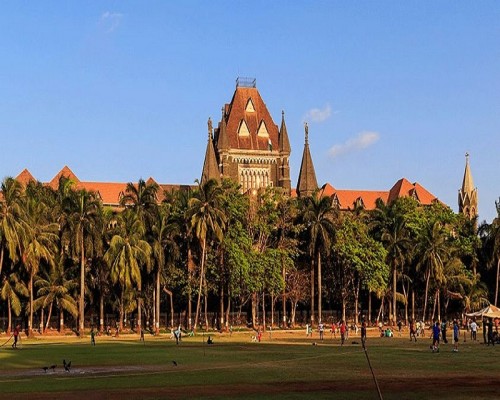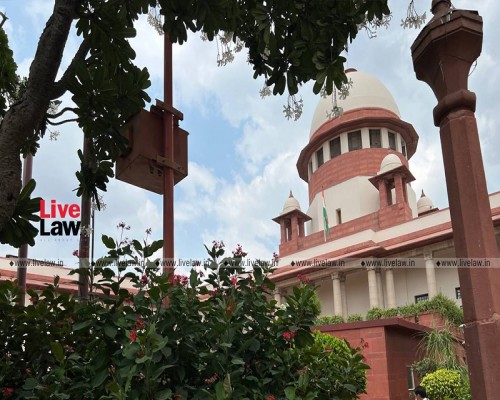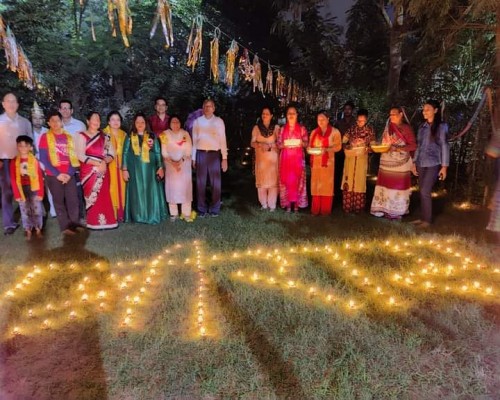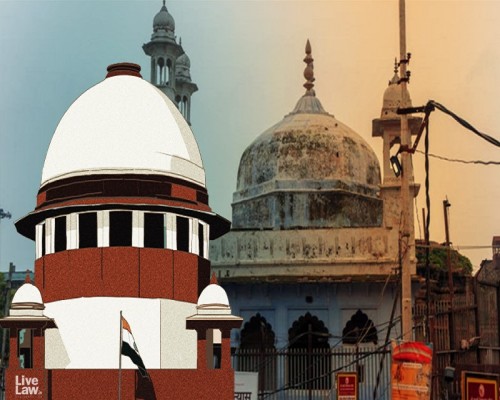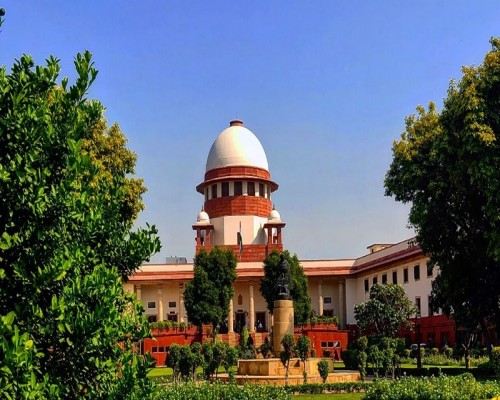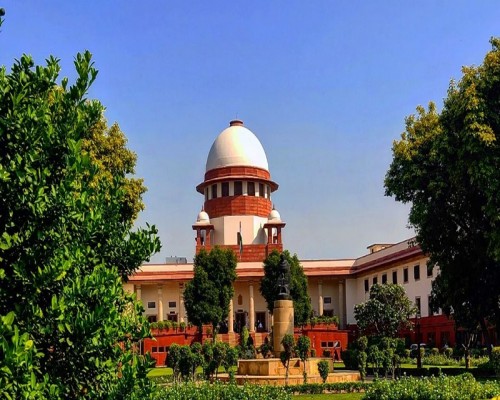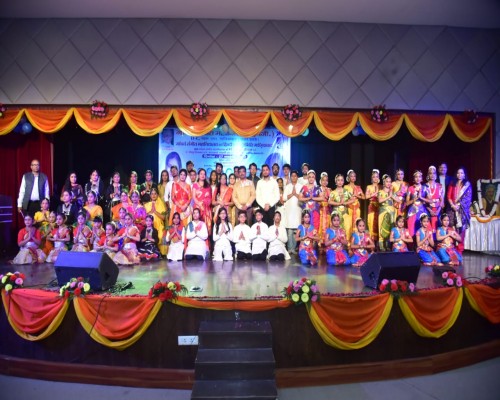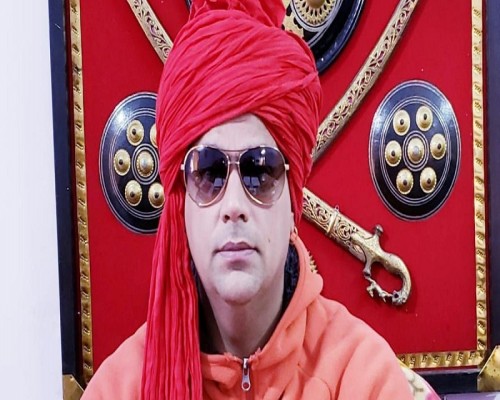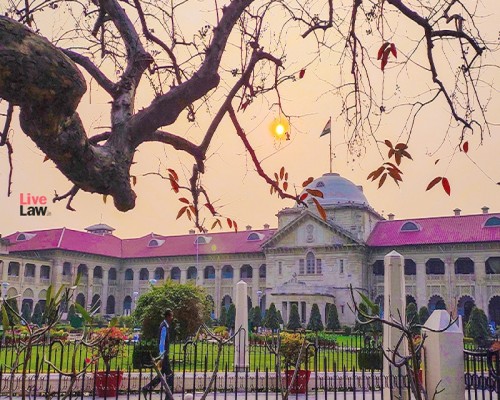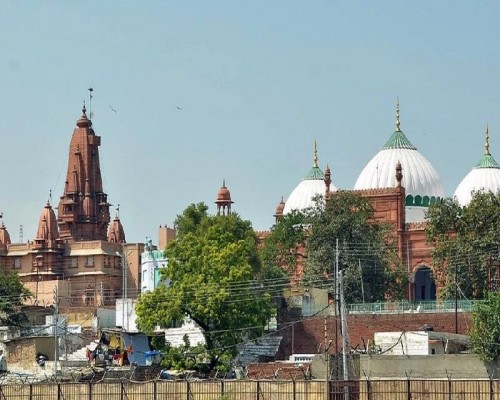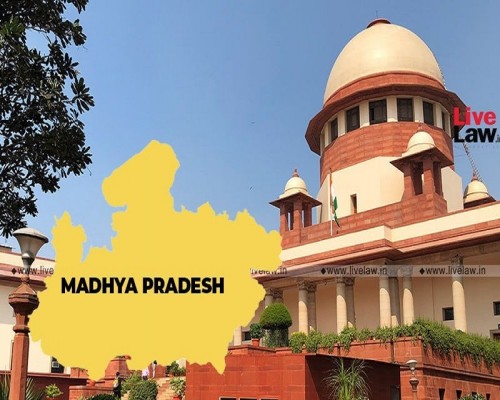Sanatanis Witness 440-Year-Old Adi Vishweshwar’s Grandeur at Mahakumbh
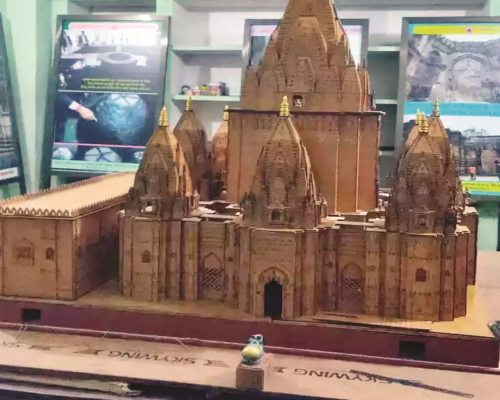
In a remarkable display at the Mahakumbh Mela, devotees got a glimpse of the 440-year-old Adi Vishweshwar temple model, showcasing its original architectural grandeur before its destruction in 1669. Alongside, historical documents and photographs related to Shri Krishna Janmabhoomi were also publicly exhibited.
Historical Significance of Adi Vishweshwar Temple
The Adi Vishweshwar temple, dedicated to Lord Shiva, stood as a magnificent structure before being demolished in 1669 during Aurangzeb’s rule. To honor this lost heritage, a scaled model of the ancient temple was placed in Sector-19 of the Mahakumbh venue, drawing millions of visitors who revered its divine past.
On February 17 and 18, an overwhelming four crore devotees visited Triveni Sangam, paying homage to Adi Vishweshwar’s legacy. The display was designed to educate and inspire future generations about India’s rich cultural and spiritual history.
Public Exhibition of Shri Krishna Janmabhoomi Documents
As part of the exhibition, rare documents and photographs related to Shri Krishna Janmabhoomi were also made public. These records provided evidence of historical claims, sparking renewed interest in the restoration efforts of sacred Hindu sites.
• The exhibition included historical maps and legal references, detailing the transformation of Janmabhoomi over centuries.
• A significant number of Hindu saints and scholars were present, discussing the importance of preserving Sanatan Dharma’s historical sites.
A Spiritual Awakening at Mahakumbh
The Mahakumbh, known for its deep spiritual and religious significance, served as the perfect platform for devotees to reconnect with their ancestral heritage. The model of Adi Vishweshwar temple, along with historical documents on Shri Krishna Janmabhoomi, provided a compelling narrative of resilience and faith.
With the support of millions of devotees, efforts to restore and revive ancient temples continue to gain momentum, further solidifying the cultural and religious identity of Sanatan Dharma.




